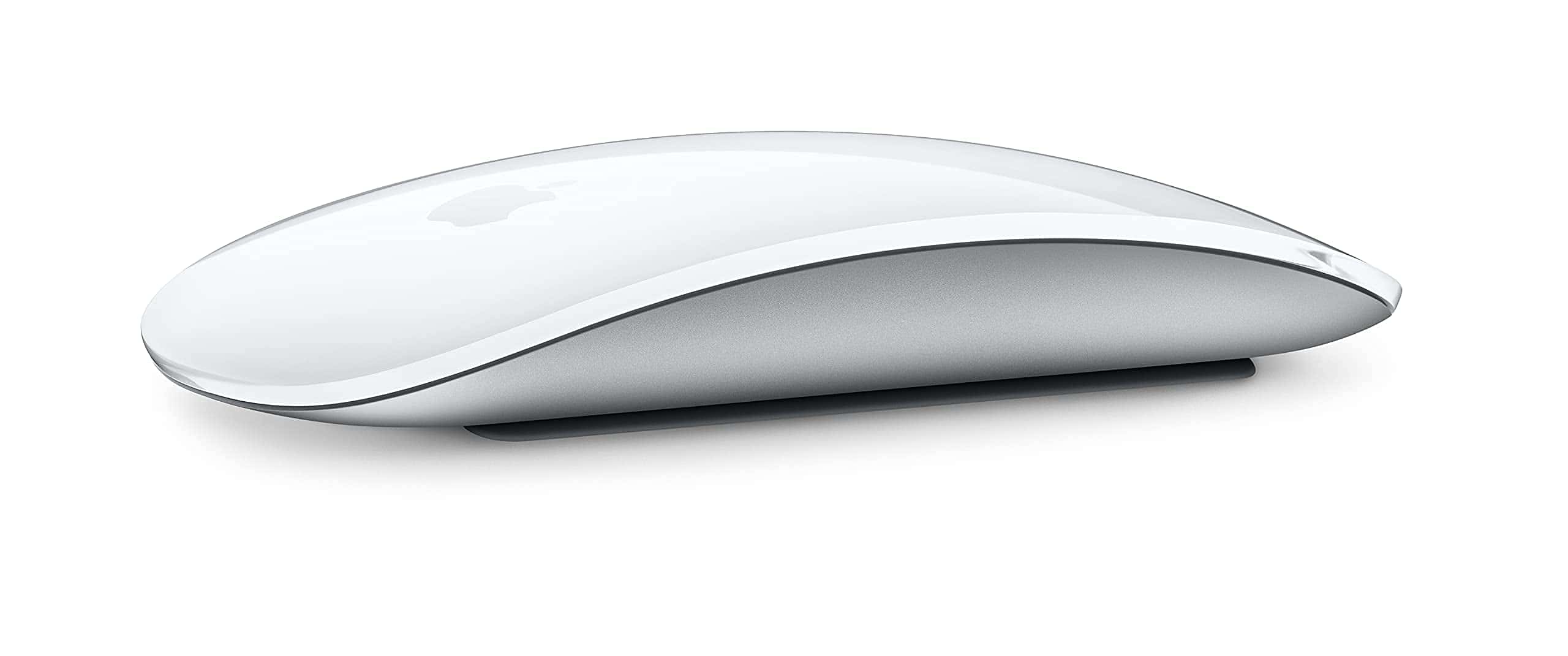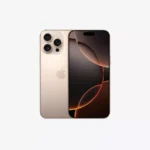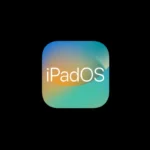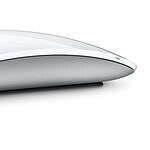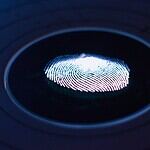Is your Magic Mouse refusing to connect? Don’t worry, you’re not alone. Many Apple users face this frustrating issue, but there are simple solutions to get your mouse working again.
Turn off your Magic Mouse and then turn it back on to fix most connection problems. This quick reset often solves the issue. If that doesn’t work, check your Bluetooth settings. Make sure Bluetooth is turned on in your Mac’s System Settings or System Preferences.
Still having trouble? Try removing your Magic Mouse from your Mac’s paired devices list and reconnecting it. This process, known as unpairing and re-pairing, can resolve persistent connection issues. Remember to keep your mouse charged and updated with the latest software for optimal performance.
| Common Issues | Quick Fixes |
|---|---|
| Low battery | Charge mouse |
| Bluetooth off | Turn on Bluetooth |
| Pairing error | Unpair and re-pair |
| Software bug | Update macOS |
Here’s a breakdown of troubleshooting steps, combining common solutions with some extra tips:
1. The Basics
- Is Bluetooth On? This sounds obvious, but it’s the most common culprit. Go to System Settings > Bluetooth and make sure it’s enabled.
- Mouse On? Double-check the power switch on the bottom of your Magic Mouse.
- Battery Check:
- Magic Mouse 1: If you have the older model with replaceable batteries, make sure they’re fresh and correctly inserted. Try cleaning the battery contacts.
- Magic Mouse 2: The newer model has a built-in battery. Connect it to your Mac with a Lightning cable to charge it. A few minutes of charging usually provides enough power to get it going.
- Distance and Obstructions: Ensure your mouse is within a few feet of your Mac and that there are no objects interfering with the Bluetooth signal.
2. Bluetooth Tweaks
- Toggle Bluetooth: Sometimes, simply turning Bluetooth off and on again can resolve minor glitches.
- Forget and Re-pair:
- Go to System Settings > Bluetooth.
- Right-click (or Control-click) on your Magic Mouse and select “Forget Device.”
- Turn your mouse off and on again.
- Your Mac should rediscover the mouse. Click “Connect” to re-pair it.
3. Resetting the Mouse
- The “Click and Hold” Method:
- Turn off your Magic Mouse.
- Press and hold down the mouse button (as if you were clicking).
- While holding the button down, turn the mouse back on.
- Keep holding the button until the mouse is reset (you might see a light flash or a change in behavior).
4. Advanced Troubleshooting
- Restart Your Mac: A classic fix for many tech issues.
- Update macOS: Make sure your Mac’s operating system is up to date. Go to System Settings > General > Software Update.
- Check for Interference: Other Bluetooth devices, Wi-Fi routers, or even some USB 3.0 devices can sometimes interfere with Bluetooth signals. Try temporarily turning off other devices to see if that helps.
- Clean the Mouse: Dust or debris on the optical sensor can affect tracking and connectivity. Gently clean the bottom of the mouse with a soft, dry cloth.
5. Still Not Working?
- Try a Different Mac: If possible, see if your Magic Mouse connects to another Mac. This can help determine if the issue is with the mouse or your computer.
- Apple Support: If you’ve tried all these steps and your Magic Mouse still isn’t connecting, it might be time to contact Apple Support for further assistance.
Important Note: If you have an older Magic Mouse 1, battery issues are a very common cause of connectivity problems.
Understanding Bluetooth Connectivity
Bluetooth connectivity is key for using wireless peripherals like the Magic Mouse. It relies on short-range radio waves to link devices without cables.
Bluetooth Basics for Apple Devices
Apple devices use Bluetooth to connect various accessories. Your Mac has a built-in Bluetooth module that manages these connections. To pair a Magic Mouse, turn it on and ensure your Mac’s Bluetooth is active.
You can check Bluetooth status in System Settings. Look for the Bluetooth icon in the menu bar for quick access. If you don’t see it, add it through Control Center settings.
Bluetooth has a range of about 30 feet. Walls and other obstacles can reduce this distance. Keep your mouse close to your Mac for the best connection.
Identifying Common Bluetooth Issues
Bluetooth problems can stem from various sources. Here’s a quick troubleshooting guide:
| Issue | Possible Solution |
|---|---|
| Mouse not detected | Restart Bluetooth on your Mac |
| Intermittent connection | Check for interference from other devices |
| Pairing fails | Reset the Bluetooth module |
Low battery often causes connection issues. Charge your Magic Mouse if it’s not responding. You can check its battery level in System Settings.
Interference from other wireless devices can disrupt Bluetooth. Move Wi-Fi routers, cordless phones, and microwaves away from your workspace.
Software conflicts may also cause problems. Ensure your macOS and Magic Mouse firmware are up to date. You can find the latest updates in System Settings under Software Update.
Troubleshooting Magic Mouse Connection Issues
Resolving Magic Mouse connectivity problems involves checking batteries, resetting connections, adjusting Bluetooth settings, and minimizing wireless interference. These steps can help restore your mouse’s functionality quickly.
Checking Magic Mouse Batteries
For Magic Mouse models using AA batteries, low power is a common cause of connection issues. Replace the batteries if the LED indicator is dim or unresponsive.
Magic Mouse 2 has a built-in rechargeable battery. Check its charge level in System Settings. If it’s low, connect it to a power source using a Lightning to USB cable.
To maximize battery life:
- Turn off the mouse when not in use
- Reduce Bluetooth scanning frequency in Energy Saver settings
- Use high-quality batteries in older models
Resetting the Magic Mouse Connection
Resetting can often fix persistent connectivity issues:
- Turn off the Magic Mouse
- Open System Settings > Bluetooth
- Remove the Magic Mouse from the list of devices
- Turn the mouse back on
- Click “Add Bluetooth or other device”
- Select your Magic Mouse when it appears
If issues persist, try resetting your Mac’s Bluetooth module. This can resolve deeper connection problems.
Inspecting Mac Bluetooth Settings
Verify your Mac’s Bluetooth is functioning correctly:
- Open System Settings > Bluetooth
- Ensure Bluetooth is turned on
- Check for any error messages
- Try toggling Bluetooth off and on
If Bluetooth isn’t working, update your macOS to the latest version. Outdated software can cause compatibility issues with peripherals.
Dealing with Wireless Interference
Wireless interference can disrupt Magic Mouse connectivity. To minimize it:
- Move Wi-Fi routers and other electronic devices away from your Mac
- Switch your Wi-Fi to a different channel
- Remove metal objects near your mouse and Mac
- Use a USB extension cable to move the Bluetooth receiver away from potential sources of interference
If problems persist, try using a USB mouse temporarily to isolate whether the issue is with your Magic Mouse or your Mac’s Bluetooth system.
Resolving Connection Problems with System Settings
System Settings on macOS offer several ways to fix connection issues with your Magic Mouse. These solutions range from software updates to Bluetooth device management.
Updating macOS Software
Keeping your macOS up-to-date is crucial for optimal device performance. To check for updates:
- Click the Apple menu in the top-left corner
- Select “System Settings”
- Click “General”
- Choose “Software Update”
If an update is available, click “Update Now” or “Upgrade Now”. This process may take some time. Restart your Mac after the update completes.
Updating can resolve many connectivity issues by fixing bugs and improving compatibility with peripherals like the Magic Mouse.
Exploring System Preferences
System Preferences houses important settings for your Magic Mouse. To access:
- Click the Apple menu
- Select “System Settings”
- Choose “Bluetooth”
Here you can see all connected devices. If your Magic Mouse isn’t listed, try turning it off and on again. Click “Add Bluetooth or other device” to pair a new mouse.
Check the battery level of your Magic Mouse in this menu. Low battery can cause connection problems.
| Setting | Purpose |
|---|---|
| Mouse | Adjust tracking speed, scrolling, and secondary click |
| Bluetooth | Manage connected devices and troubleshoot connections |
Reconnecting Bluetooth Devices
If your Magic Mouse won’t connect, try these steps:
- Turn off your Magic Mouse
- In System Settings, click Bluetooth
- Remove your Magic Mouse from the list of devices
- Turn your Magic Mouse back on
- Click “Add Bluetooth or other device”
- Select your Magic Mouse when it appears
If problems persist, reset the Bluetooth module on your Mac. Hold Shift + Option, click the Bluetooth icon in the menu bar, and select “Reset the Bluetooth module”.
These steps often resolve connection issues between your Mac and Magic Mouse.
Advanced Solutions and When to Contact Support
When basic troubleshooting fails, try these advanced methods to resolve Magic Mouse connection issues. You may need specialized cables or software tools to diagnose deeper problems.
Using Cables to Troubleshoot
Connect your Magic Mouse directly to your Mac using a Lightning to USB cable. This wired connection can help identify if the issue is with Bluetooth or the mouse itself.
If your mouse pairs successfully via cable, the problem likely lies with your Mac’s Bluetooth. Update your macOS to the latest version. This often resolves wireless connectivity issues.
For newer Macs with USB-C ports, use a USB-C to Lightning cable instead. Ensure the cable is Apple-certified to avoid compatibility problems.
Advanced Bluetooth File Exchange Use
Bluetooth File Exchange can help reset stubborn connection issues. Here’s how to use it:
- Open Finder
- Go to Applications > Utilities
- Launch Bluetooth File Exchange
- Select your Magic Mouse from the device list
- Try sending a small file to the mouse
This process forces your Mac to re-establish a Bluetooth link with the mouse. It can often clear up persistent pairing problems.
When to Contact Apple Support
Contact Apple Support if:
- Your mouse won’t connect via cable
- Bluetooth File Exchange fails repeatedly
- You’ve tried all troubleshooting steps without success
Apple’s technicians can run remote diagnostics on your devices. They may also check for hardware faults not visible to users.
Before calling, note your:
- Mac model and macOS version
- Magic Mouse model and firmware version
- Any error messages you’ve encountered
This info helps support staff quickly identify your issue.
| Troubleshooting Method | When to Use | Expected Outcome |
|---|---|---|
| Cable Connection | Bluetooth fails | Isolate wireless issues |
| Bluetooth File Exchange | Pairing problems | Force new connection |
| Apple Support | All else fails | Expert diagnosis |
Frequently Asked Questions
Magic Mouse connection issues can often be resolved through simple troubleshooting steps. Battery problems, software glitches, and hardware malfunctions are common culprits.
How can I troubleshoot a Magic Mouse that is not connecting to my laptop?
First, check the batteries. Replace them if needed. Next, turn Bluetooth off and on on your Mac. Wait a few seconds before re-enabling it.
If that doesn’t work, try restarting your computer. This can clear temporary software issues.
What should I do if my Magic Mouse connection is rejected?
Remove the Magic Mouse from your Mac’s Bluetooth devices list. Then pair it again as a new device.
Clean the mouse’s surface and sensors. Dirt or debris can interfere with connectivity.
What are the steps to reset a Magic Mouse 2?
Turn off the Magic Mouse 2. Wait 10 seconds. Turn it back on.
If that doesn’t work, go to System Settings > Bluetooth. Remove the Magic Mouse 2. Then reconnect it.
What could be the reason my Magic Mouse is not pairing with my Mac?
Outdated software can cause pairing issues. Check for macOS updates in System Settings.
Interference from other devices may be the problem. Move Wi-Fi routers or other electronics away from your Mac and mouse.
How can I fix an unresponsive Magic Mouse?
Clean the mouse’s tracking surface with a lint-free cloth. Remove any dirt or debris.
Check for low battery. Replace or recharge as needed.
Restart your Mac to clear any software glitches affecting the mouse.
Why is my Apple Mouse not working even after a battery change?
Ensure the batteries are inserted correctly. Check the polarity (+/-) matches the indicators inside the battery compartment.
If using rechargeable batteries, they may not provide enough voltage. Try standard alkaline batteries instead.
| Issue | Quick Fix |
|---|---|
| Not connecting | Toggle Bluetooth |
| Unresponsive | Clean tracking surface |
| Won’t pair | Update macOS |
| Rejected connection | Re-pair as new device |
| Battery issues | Check polarity/type |

